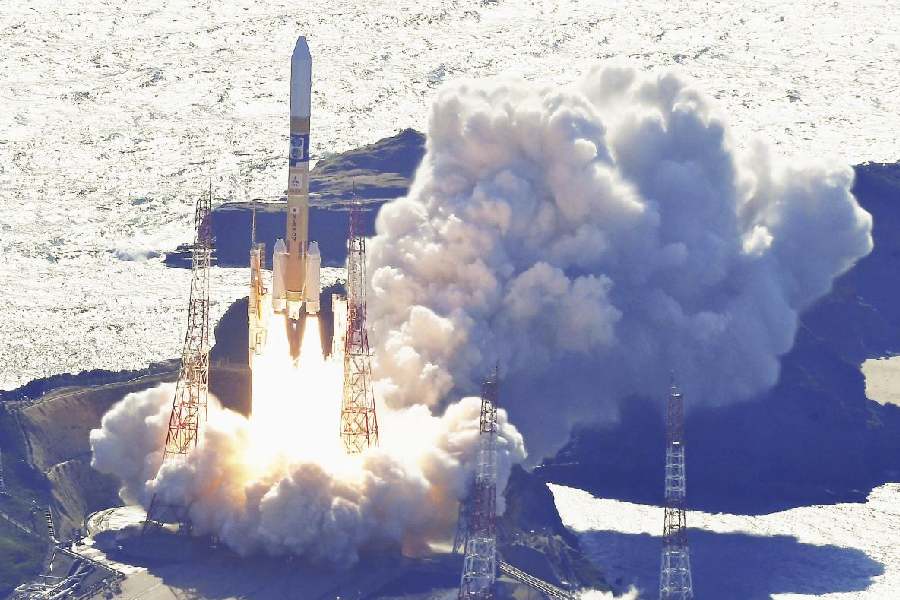On Thursday morning in Japan, a bus-size telescope with X-ray vision soared into space.
It wasn’t alone. Along for the ride was a robotic moonlander about the size of a small food truck. The two missions — XRISM and SLIM — would soon part ways, one headed off to spy on some of the hottest spots in our universe, the other to help Japan’s space agency, JAXA, test technologies that are to be used in larger-scale lunar landings in the future.
The lift-off from the shores of Tanegashima, an island in the southern part of the Japanese archipelago, was picturesque, with the Japanese H-IIA rocket soaring over the remote launch site and disappearing into the blue skies that were punctuated by a few clouds. About 47 minutes after the flight began, launch officials were shown in a live video stream celebrating in the mission control room as the XRISM and SLIM spacecraft headed towards their diverging cosmic destinations.
The X-Ray Imaging and Spectroscopy Mission — XRISM for short (and pronounced like “chrism”) — is the launch’s primary passenger.
From an orbit 563km above Earth, XRISM will study exotic environments that emit X-ray radiation, including the accretion of material swirling around black holes, the blistering plasma permeating galaxy clusters, and the remnants of exploding massive stars.
Data from the telescope will shed light on the motion and chemistry of these cosmic locales with a technique called spectroscopy, which relies on changes in the brightness of sources at different wavelengths to extract information about their composition.










